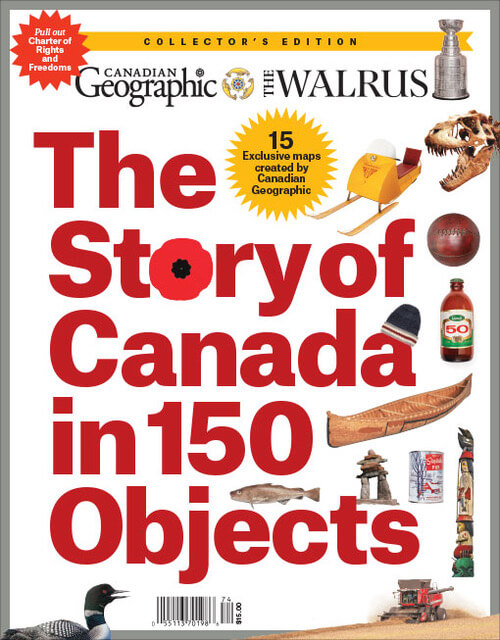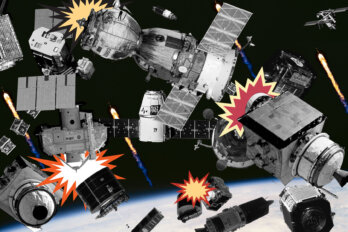Nobody wants to spend an entire day underground if they don’t have to. But buried two kilometres beneath the earth’s surface, deep in the four-billion-year-old Canadian Shield in northern Ontario, SNOLAB has been on my bucket list for nearly a decade. It was the theoretical physicist Freeman Dyson who tipped me off to the existence of the Sudbury science laboratory.
“I was happy that people in Canada had the good sense to go for the idea,” he says. Particle detectors like SNOLAB are among what Dyson describes as science’s “unfashionable pursuits”—compared with, say, the more flashy particle colliders, like the Large Hadron Collider at CERN, the vast lab that sits astride the Franco-Swiss border near Geneva. “Unfashionable pursuits don’t get the attention,” Dyson says. “But they are usually more cost-effective science. SNOLAB is a good example.”
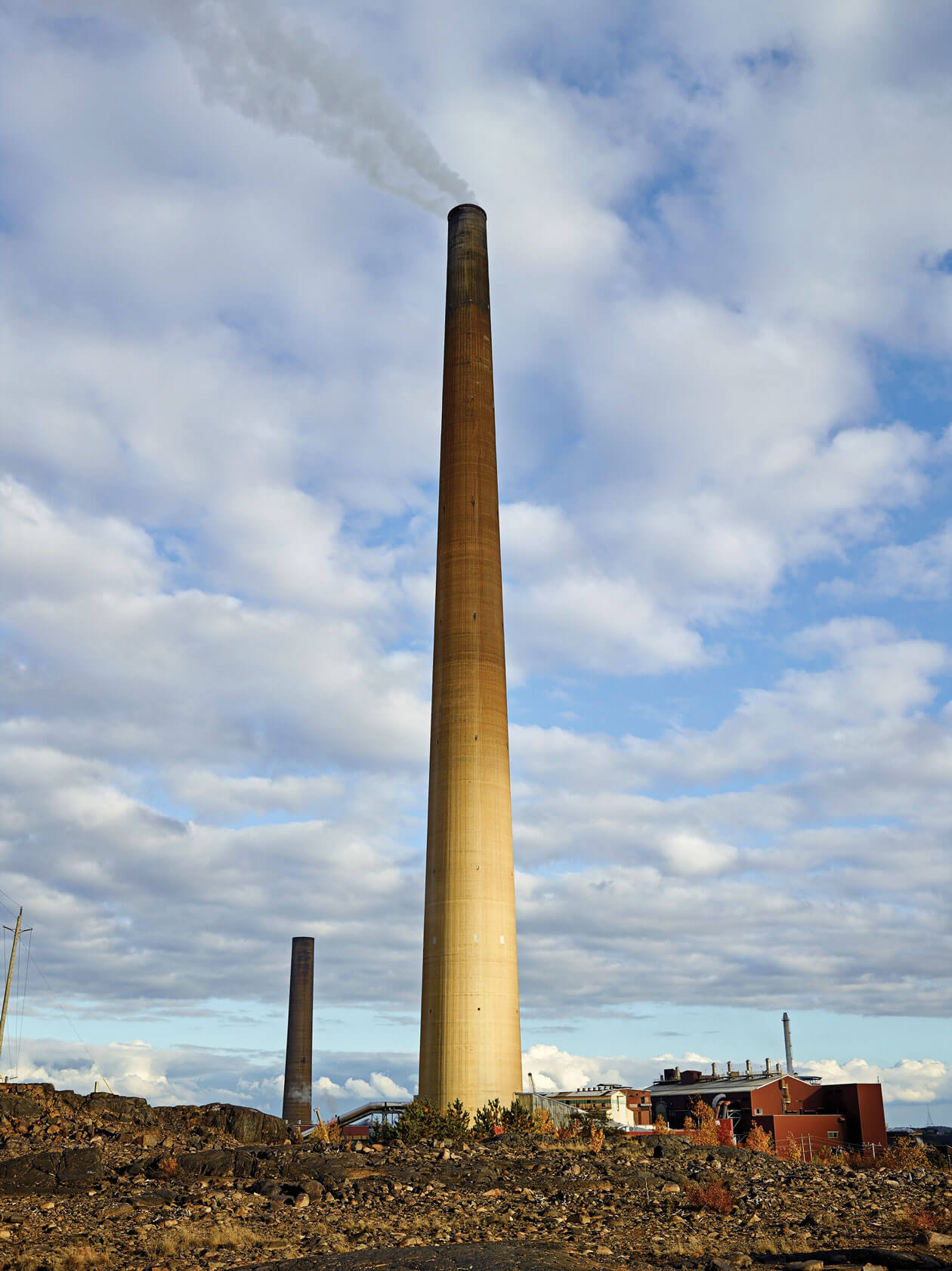
With more than 500 scientists collaborating—drawn from 78 institutions and 17 countries—the enterprise first took shape in 1984, and construction of the SNO detector began in 1990. Situating the lab in the active Creighton Mine, which still produces thousands of tonnes of nickel and copper per day, offered an improved experimental setting. The “overburden” of rock has the felicitous effect of filtering out the noisy and meddlesome cosmic rays that would otherwise obscure results of the neutrinos—the pervasive subatomic particles that are everywhere and pass through everything —interacting with the clear plastic spherical tank of heavy water at the centre of the detector. With this major advantage, SNOLAB can address the most fundamental questions in science: How does the sun burn? Of what is our Universe composed and how did it evolve? What are the most basic building blocks of matter?
“SNOLAB places Canada at the forefront of the field of particle astrophysics,” says Art McDonald, a particle astrophysicist at Queen’s University. In 2015, McDonald co-won the Nobel Prize in physics, honouring research at the Sudbury observatory that led to the unexpected discovery that neutrinos possess mass. The discovery was counterintuitive because the so-called Standard Model—a remarkably successful roadmap for physics that accurately foretold the existence of the Higgs boson (or the “God particle”) in 2012—had predicted that neutrinos would be massless. This new “massive” property opened up exciting lines of inquiry. Investigators are expanding their sights, mining for data on dark matter, the gravitational glue that holds galaxies together.
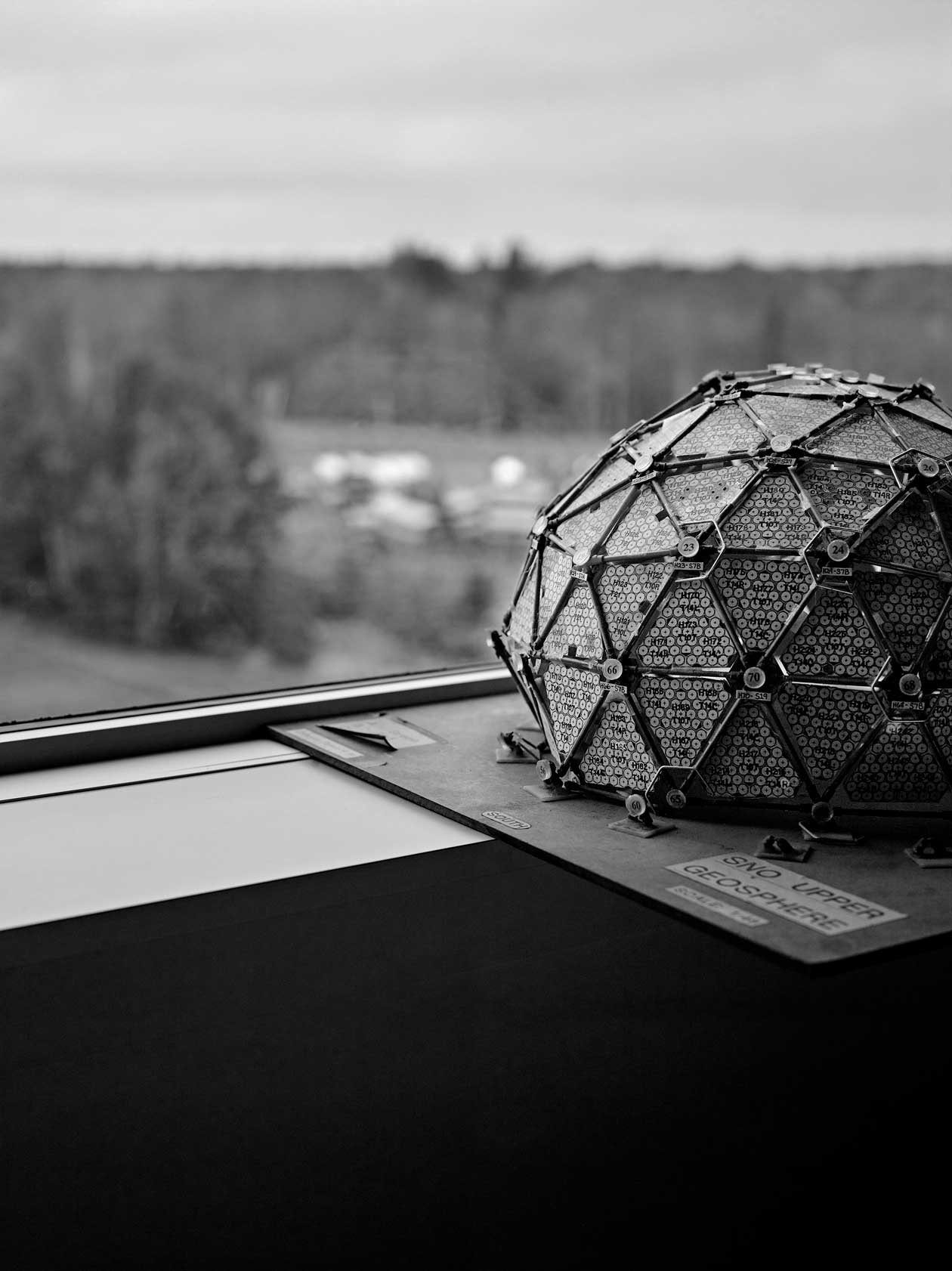
Dark matter is the matter we don’t see and don’t understand. It is next (after the Higgs and the neutrino) on the list of five science drivers, the cosmic to-do list as itemized by the Particle Physics Project Prioritization Panel—or the “P5.”
I could hardly continue with my procrastinating. I booked a date to visit SNOLAB. The plan, specifically, was to behold the new DEAP-3600 dark matter detector, just days before it would go operational. And then I started wondering whether it’s possible to get the bends in the mineshaft (it’s not).
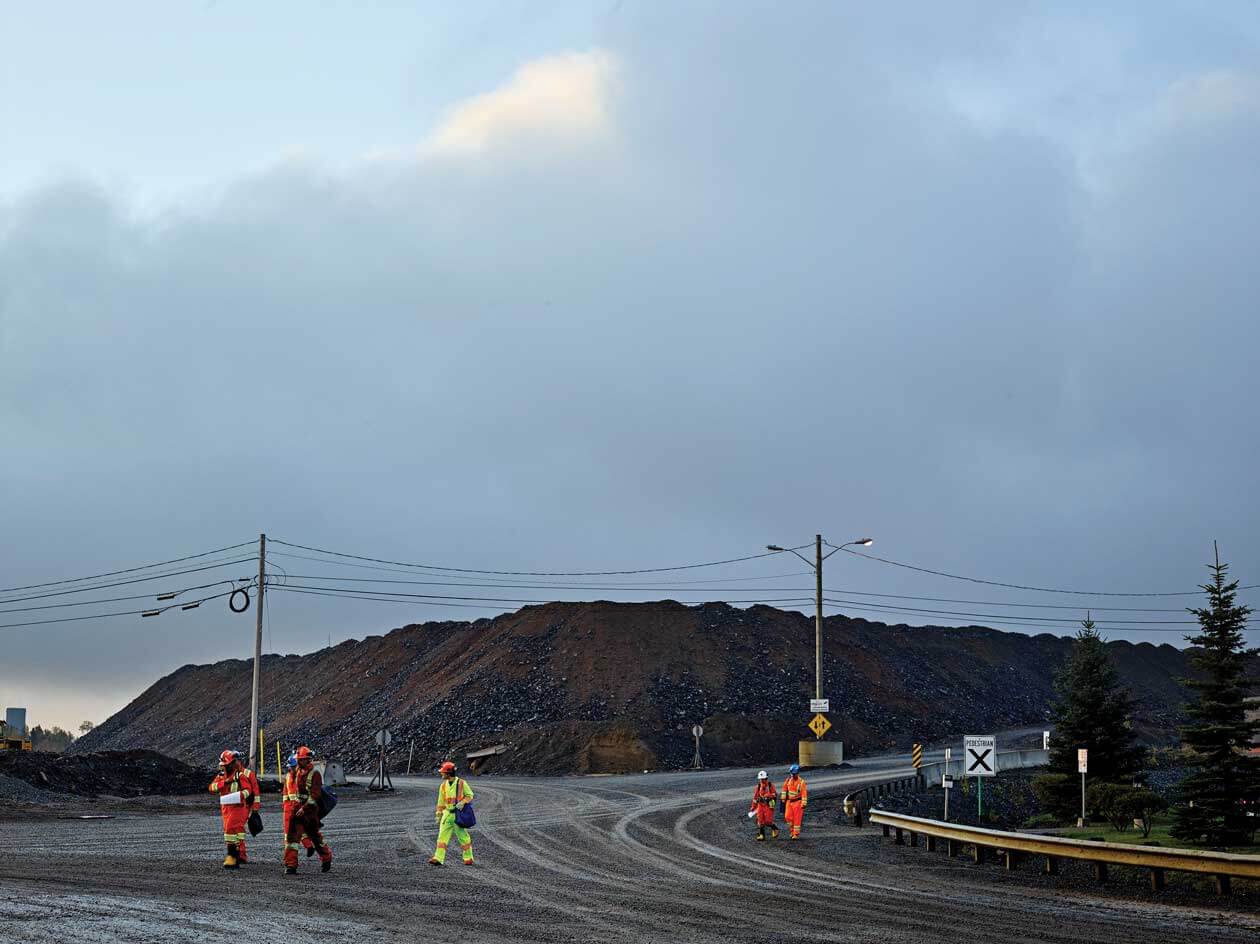
MONDAY, August 15, 2016
12:05 P.M. On the flight to Sudbury, I catch up on some reading. The famed Large Hadron Collider (LHC) was in the spotlight again, the most powerful particle accelerator ever. Its second research run in 2015 showed a bump in the graphs of data collected. The “diphoton bump,” as it became known (for the excess pairs of photons) brought speculation that this might be evidence of a new elementary particle not predicted by the Standard Model. This in turn sparked hopes that physicists might finally be on a solid path toward a more complete and comprehensive theory of nature. But in early August, the LHC researchers reported that they now had more data, and alas the anomalous bump had disappeared.
According to one news report, physicists excited about the diphoton bump’s prospects (prompting 500 theoretical papers in the intervening months) were now suffering a “diphoton hangover.” Worse, physics as a field was said to be facing a “nightmare scenario,” since the great hope of the LHC, with an operating budget of $1 billion annually, wasn’t producing any new fodder for the much-coveted Theory of Everything—the single, all-encompassing principle that could explain time and space.

This, it seems to me, only increases the stakes in Sudbury. Maybe SNOLAB, with an approximate yearly operating cost of a meagre $8 million, will be the one to capture the crucial data that will crack open the universe.
TUESDAY, August 16, 2016
11:30 A.M. Back to reality and practicality: grocery shopping.
I’d been advised to pack lunch for tomorrow, my day underground. Snacks wouldn’t be a bad idea, either. Just in case. Occasions arise—small fires, for example—that require everyone underground to retreat to the refuge room (which doubles as the lunch room). Stays of 12 or 14 hours are not unheard of.
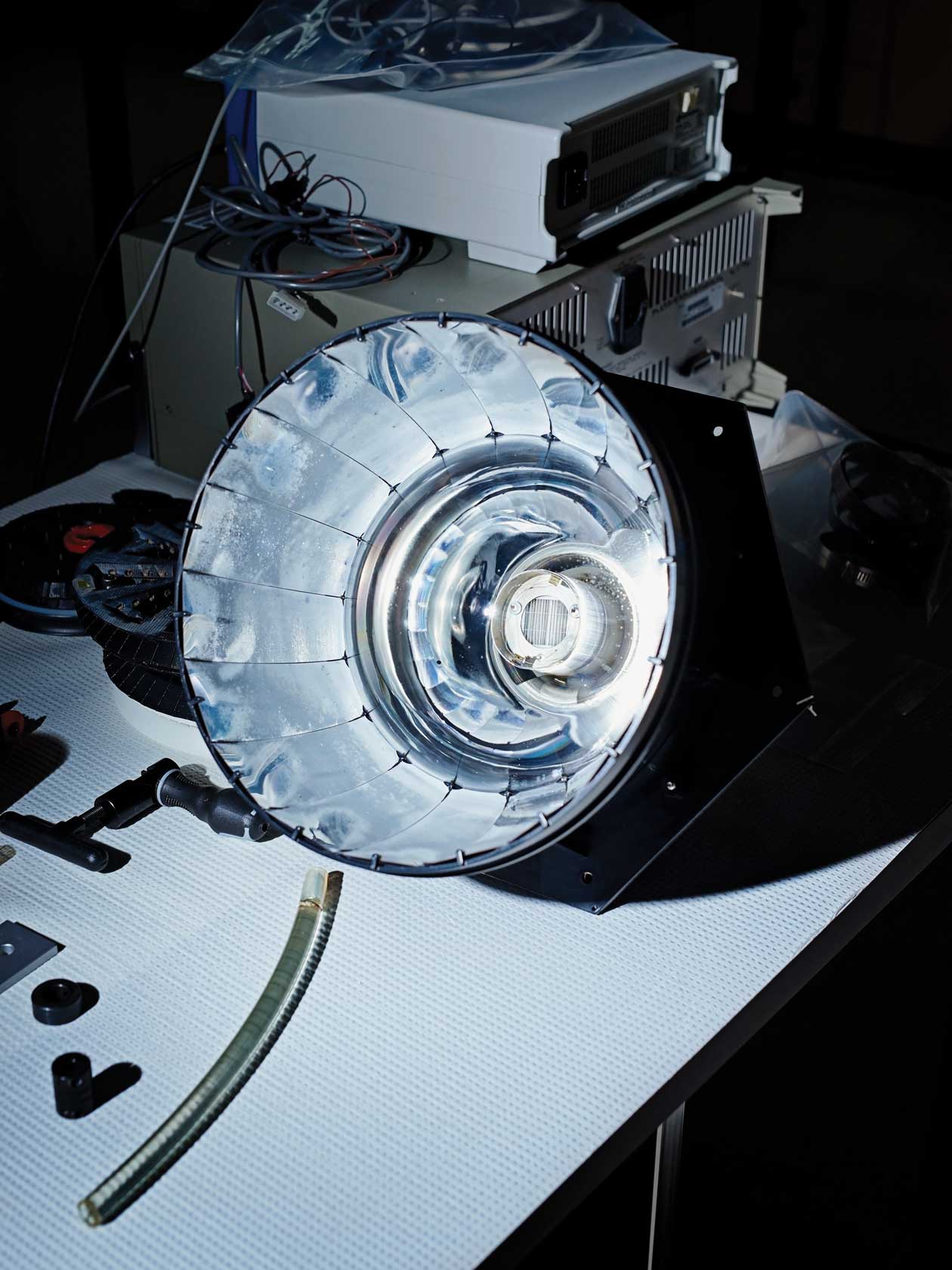
WEDNESDAY, August 17, 2016
6:25 A.M. Sunrise, and my ride is waiting, courtesy of Blaire Flynn, the lab’s education and outreach coordinator. En route we pass the monumental nine-metre Big Nickel, and the Inco Superstack. SNOLAB is about 24 kilometres west of the city centre, near a sleepy town called Lively, amid peach fuzz woodland and scattered industrial relics.
7:30 A.M. In the locker room, I get into my fluorescent yellow coveralls (yellow signals visitor; everyone else wears orange), with belt, gloves, boots, safety helmet and lamp.
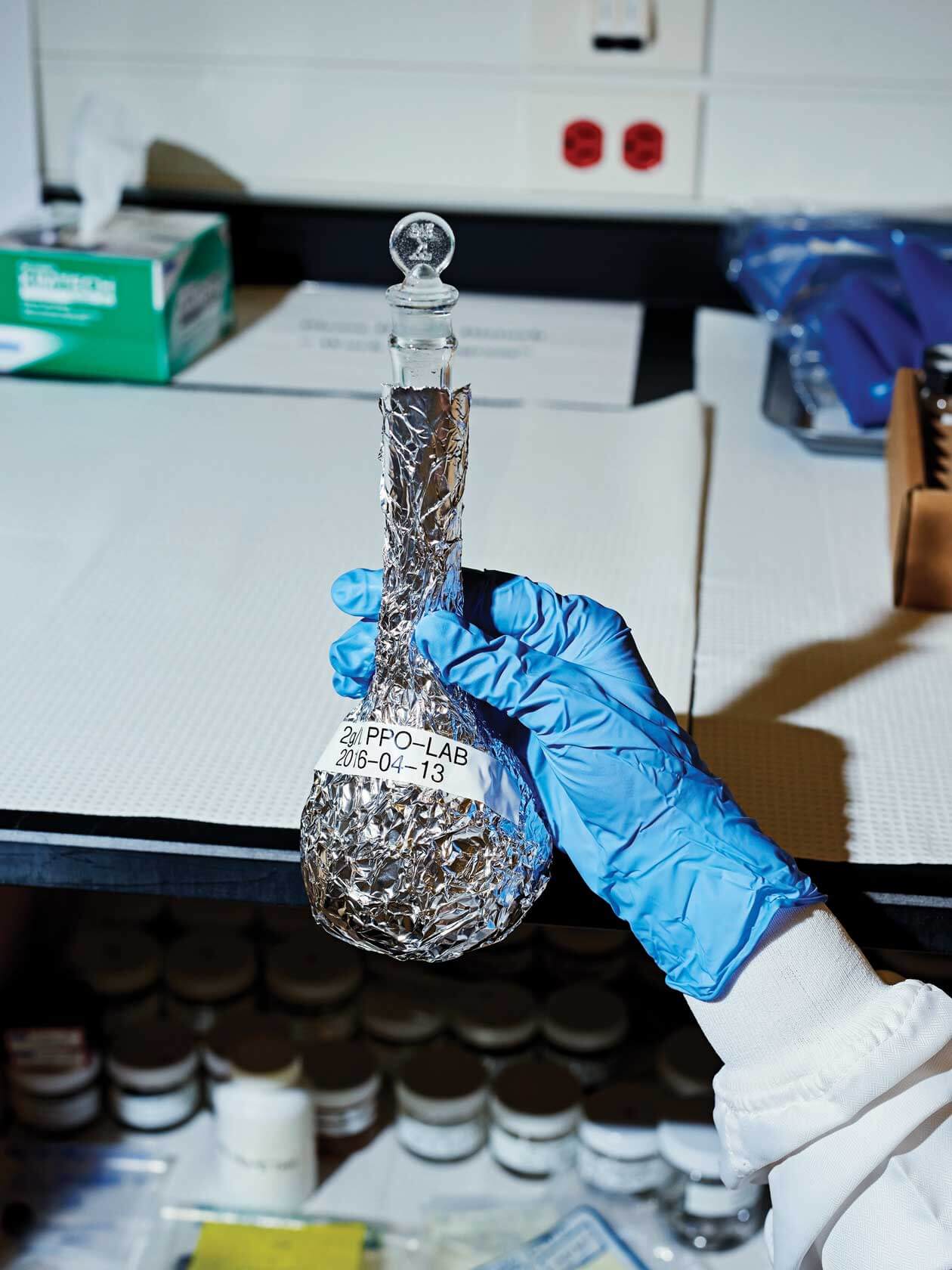
8:05 A.M. We catch the cage—a screeching, rattling, open-air container, maybe five times the size of the average elevator, but double-decker. We’re packed in, miners and scientists, shoulder to shoulder, and drop to level 6800 at 40 kilometres per hour.
The week before, two people fainted in transit. Thankfully, I remain vertical. Fainting occurs with such frequency among the SNOLAB scientists (usually the intermittent members or visitors like me) that it’s not unheard of for these scientists to be called “SNOflakes.”
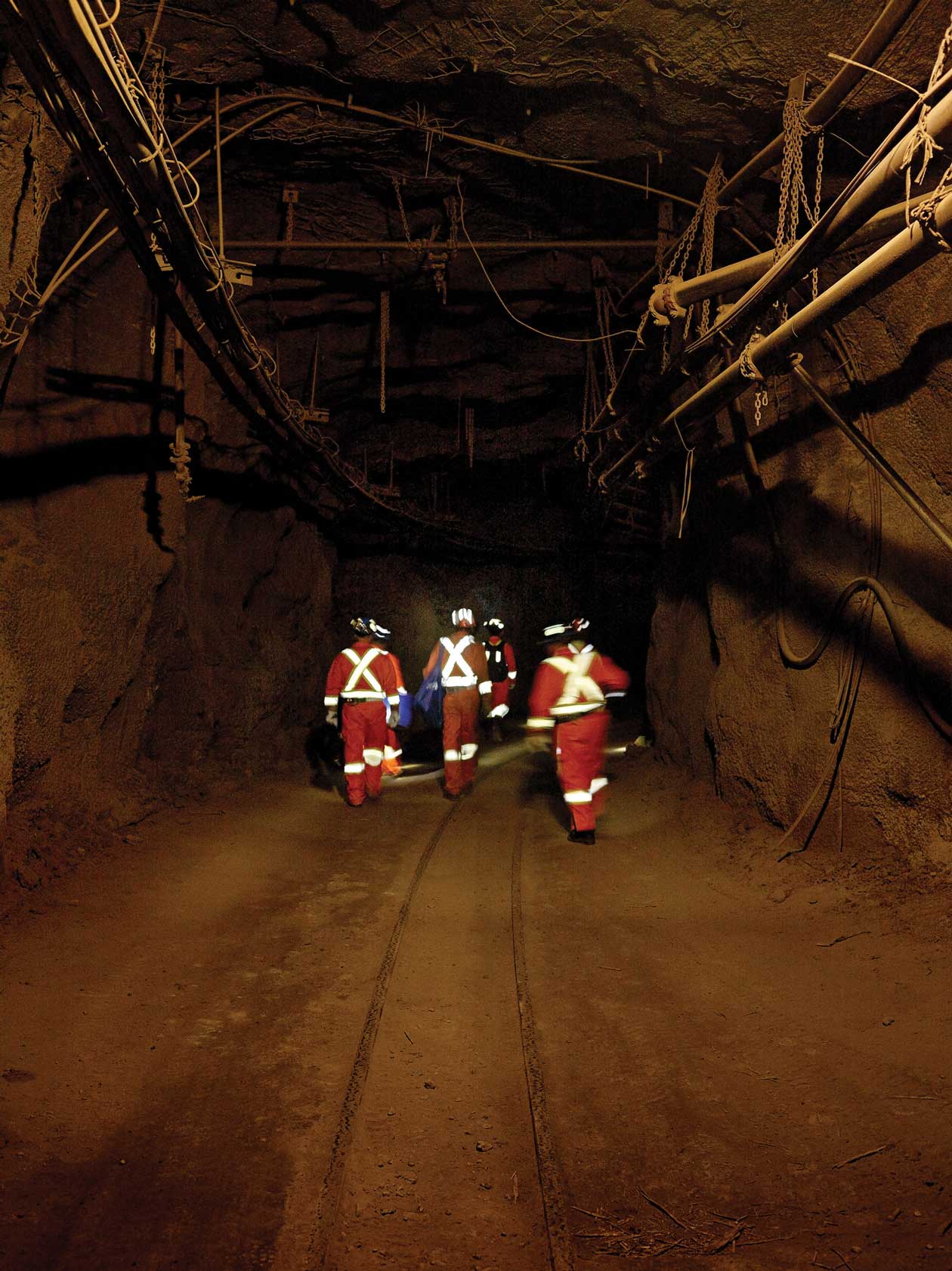
8:32 A.M. After a brisk walk through the tunnels, we arrive at the lab and hose down our boots. Even small amounts of radioactive material, such as naturally occurring radon, could ruin lab results. This means everything that enters the lab is washed. I take a shower with pH-balanced soap and change into a pair of drab blue coveralls. Inanimate objects go through the “car wash.” And prior to arrival, every object is carefully assessed according to its radioactive content. The dinghies for paddling around in an early neutrino detector—called SNO+—were standard-issue Canadian Tire, but there were strict orders for no kiddie colours, red or pink or purple, since the bright pigments brought risk of contamination—the purchase order was for dull dinghies, and grey fit the bill.
9:19 A.M. We arrive at the dark matter experiment. There waiting for us is Aksel Hallin, a principal investigator and particle astrophysicist from the University of Alberta. The detector at the heart of the experiment is big enough for Hallin to just about stand upright—it’s a bulbous 1.7 metres in diameter. Hallin thinks it looks like a sea urchin, with its 255 glassy tentacles, each with a light sensor at its tip. Just one of the sensors could see a candle burning on the moon, Hallin says, but here they are looking for dark matter, never before observed directly.
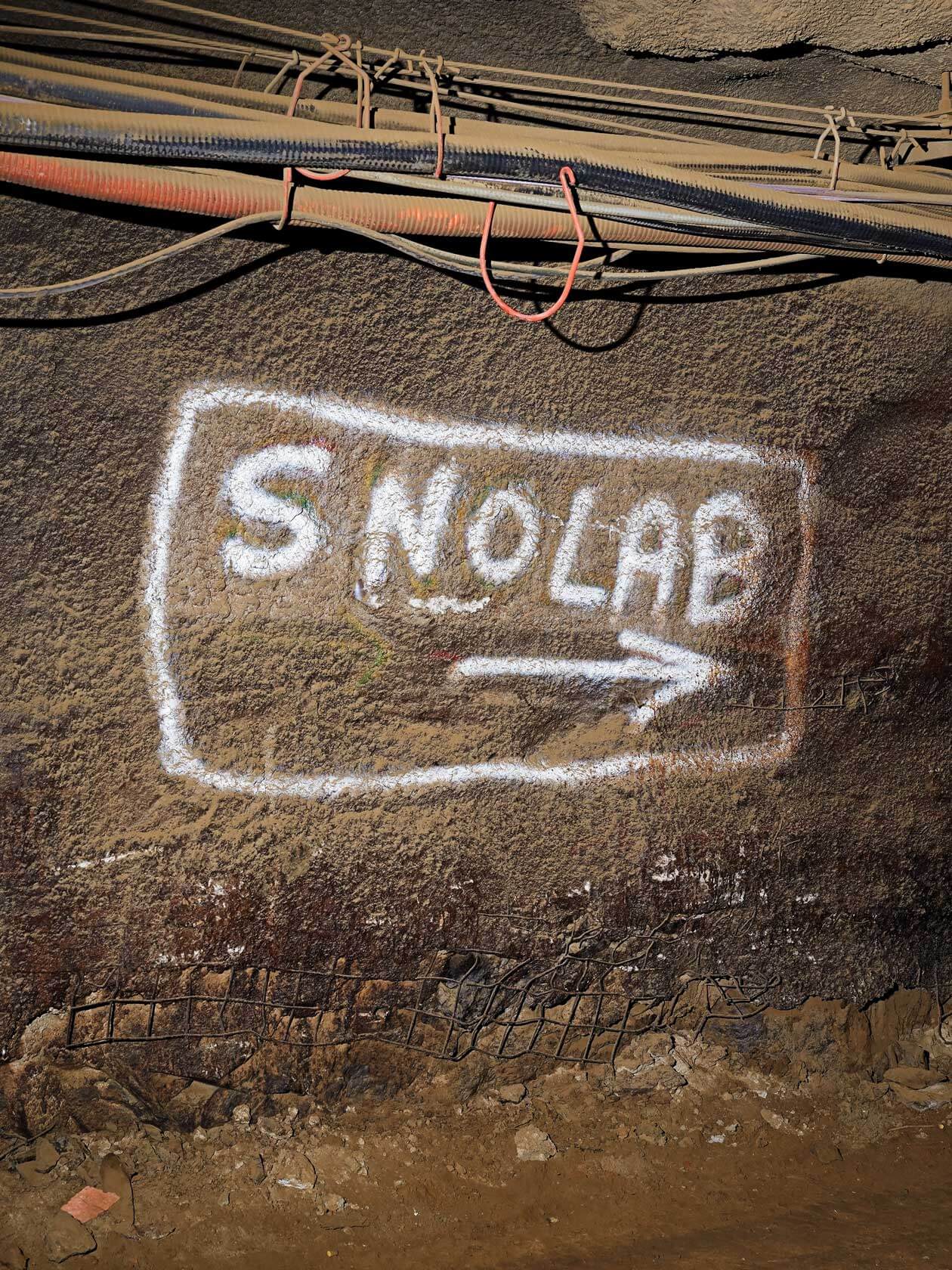
Unfortunately, I’ve arrived too late in the game and the heart of the detector itself is now unobservable, enclosed within a series of compartments, resting ultimately in a towering steel silo containing a water-insulating bath. This is the end of a six-year gestation, from design through completion. It’s a bespoke masterpiece comprising about 25,000 components, all of which arrived via the cage. “It was like building a ship in a bottle,” says Hallin. And the same can be said of building the lab in its entirety. All of the underground vehicles and machinery that put this human-scale ant colony together—including the original SNO experiment, a 12-metre-diameter sphere with an eight-metre-tall neck—arrived piece by piece by piece in the cage.
The dark matter detector’s most impressive feature again pertains to the all-important low radioactivity. The design is like that of an onion, layer upon layer, with the more radioactive components on the outside, working inward toward purity. The innermost vessel, made of acrylic, is called a “cryostat,” something to “hold cold.” It will hold 3,600 kilograms of cold argon, an ultra-pure gas and an optimal medium for showcasing the elusive dark matter.
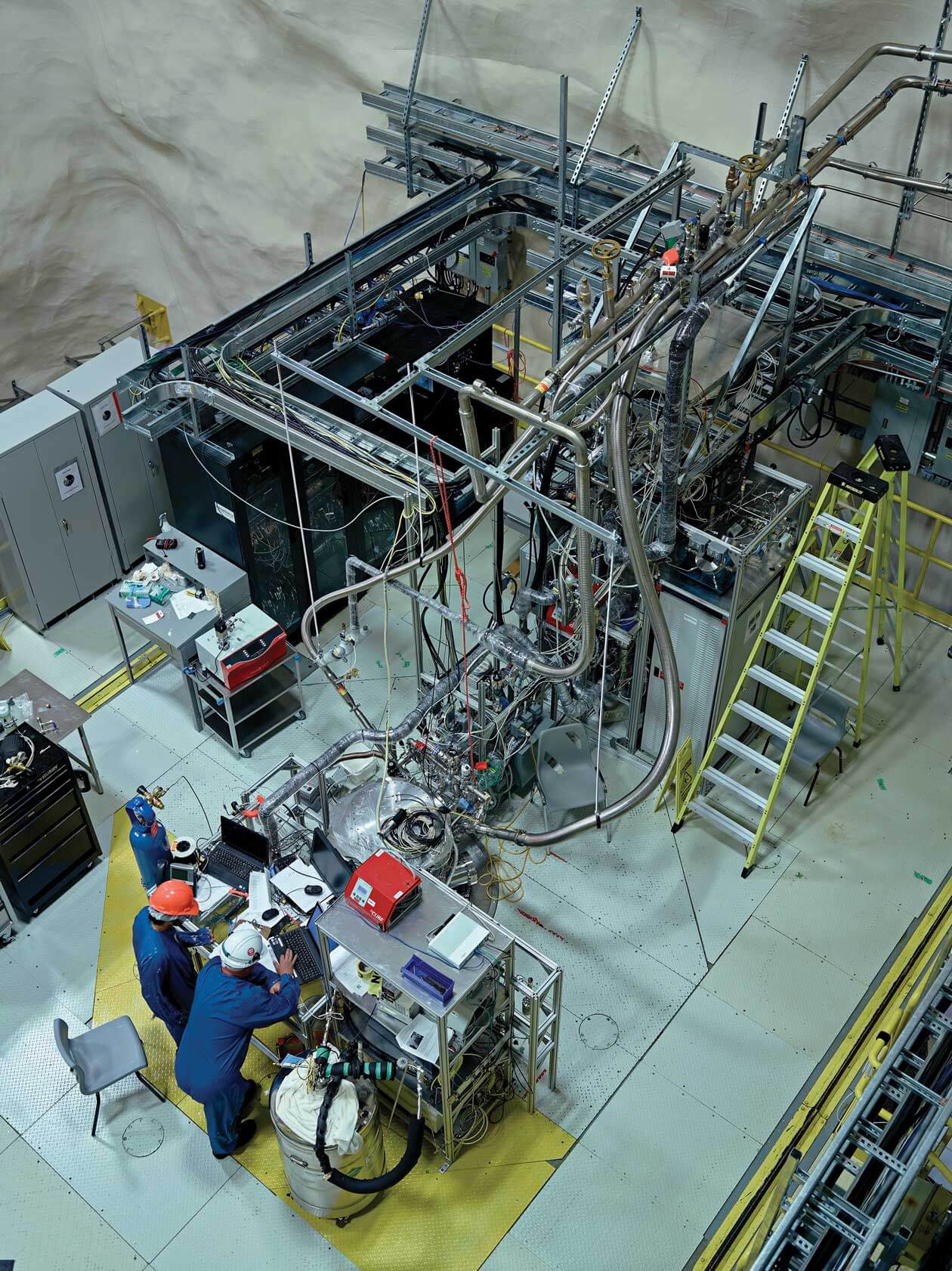
How the gadget works is as follows: When dark matter hits an argon nucleus, the nucleus recoils, and at such a speed that it ionizes (excites or scintillates) the argon. When the argon relaxes, it emits light, which should be caught by one of the 255 sensors. The detector is looking for a dark matter candidate known as a “weakly interacting massive particle,” or WIMP. As McDonald likes to say, “What we have here is a bunch of geeks studying wimps.”
The fill level is at about 3,300 kilograms and counting. The warmed argon enters the bulbous vessel as a vapour. Cooling coils in the neck—at brass-monkey temps of -183°C—make the vapour condense into liquid, drop by drop. The trick, at this stage, is to keep the argon flowing at an efficient rate, but not so fast as to crack the vessel from the extreme cold.
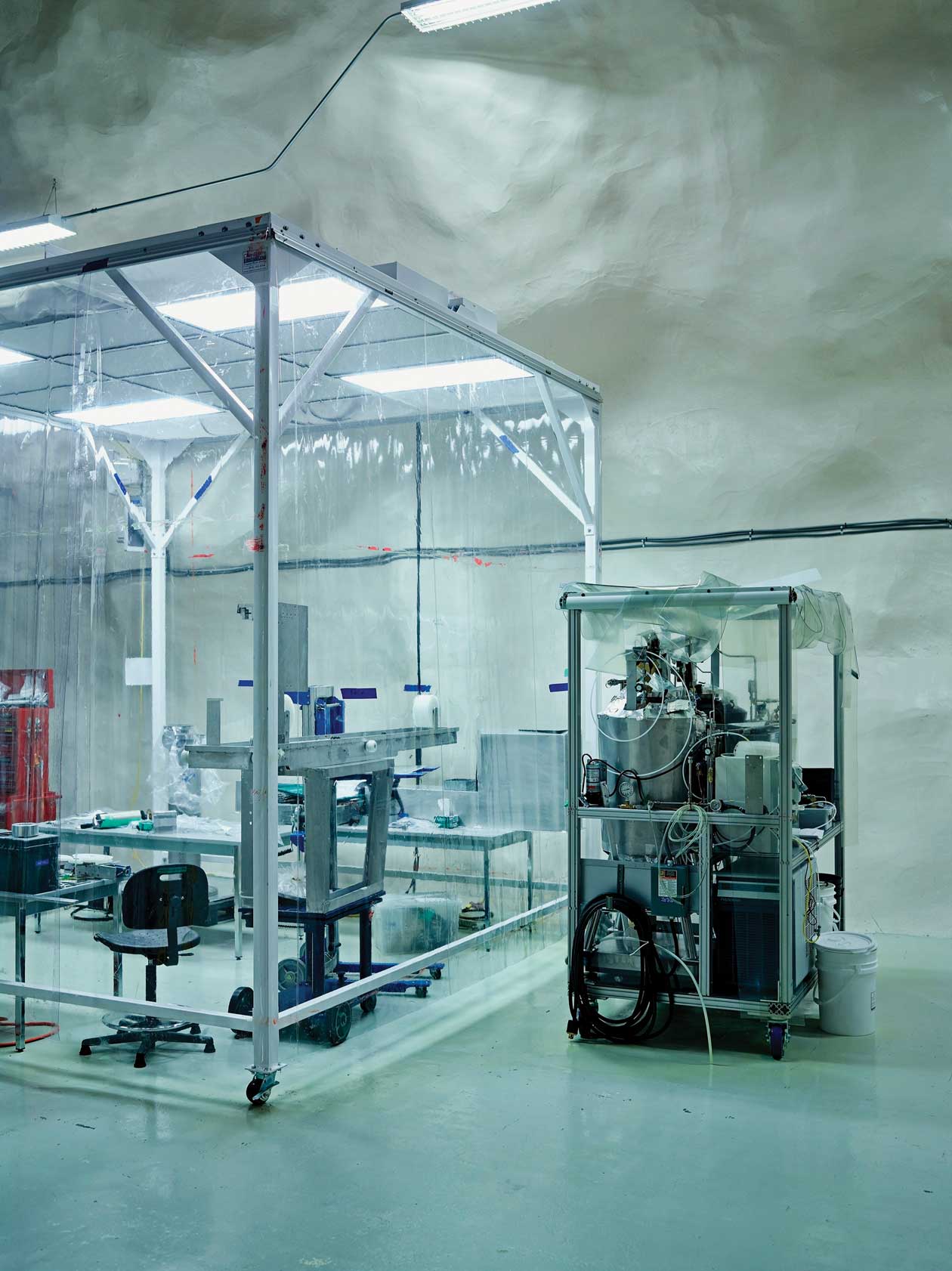
“Time and money do enter into the picture,” says Hallin. “There is pressure to get things operational, from our peers, from funding agencies and from SNOLAB.” And there is a competing experiment in Italy, using xenon instead of argon. “There is a bit of a horse race,” admits Hallin. All the same, standing there negotiating fill rates with Tony Flower, the operations supervisor, Hallin seems to take the better-safe-than-sorry approach.
“I’m comfortable at the edge of the cliff,” says Flower, a tradesperson by training, making him something of a maverick compared with the more conservative physicist. “Aksel is comfortable well back from the cliff,” says Flower. They find middle ground. The vessel should finally be full of argon, and fully operational, by Friday or early the following week.
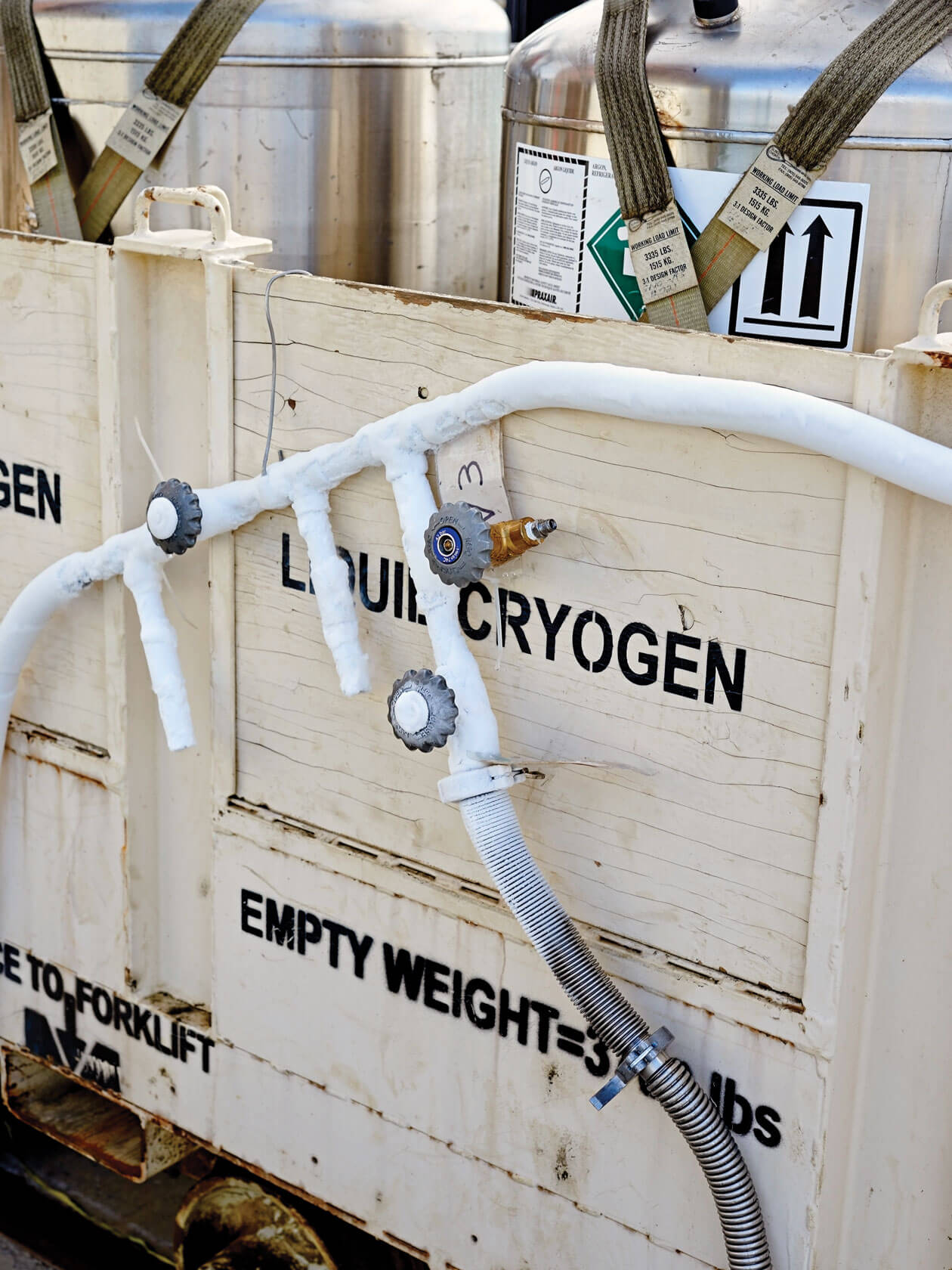
1:05 P.M. “As it stands,” says Flower, “we will be past 3,600 kilograms by about noon on Friday, at our current rate.” He notes that the detector really should be long since operational. There were many starts and stops, due to countless glitches along the way: there was, for example, the vessel resurfacer that broke down, the hoist that failed, the unforeseen ergonomic issues while working in a tight space called the “glove box,” and the poorly timed fire drill. “The list goes on and on,” says Flower. “I don’t think that there was one portion of the build that went according to plan.”
THURSDAY, August 18, 2016
11:19 A.M. Email from Flower: “We unfortunately suffered a major setback yesterday afternoon that will put us back a few months at best. We are still trying to figure out exactly what happened. We were within 48 hours of completion! What a disappointment!”
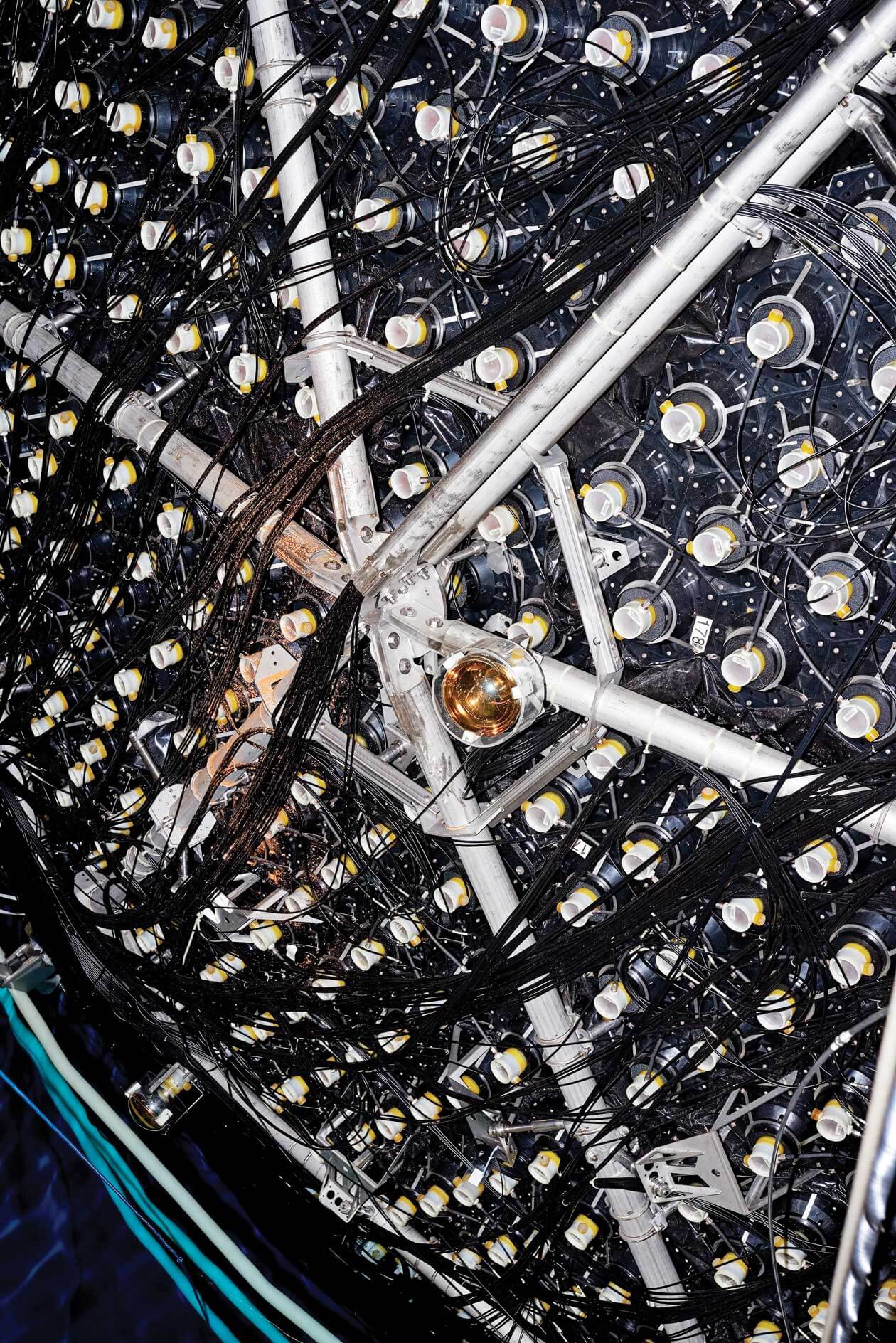
As it turns out, the setback wasn’t so major. With the inflow of argon, the vessel neck got too cold too fast. The plunging temperatures spread to regions that weren’t supposed to get that cold. This caused the failure of the O-ring seals that seal off the different pressure zones between an outer steel shell containing nitrogen and the inner vessel, and this in turn caused nitrogen to leak in and contaminate the argon.
I comment that this O-ring problem sounds like something NASA might be familiar with. To which Flower replies: “NASA can’t hold a candle to what we are doing!”
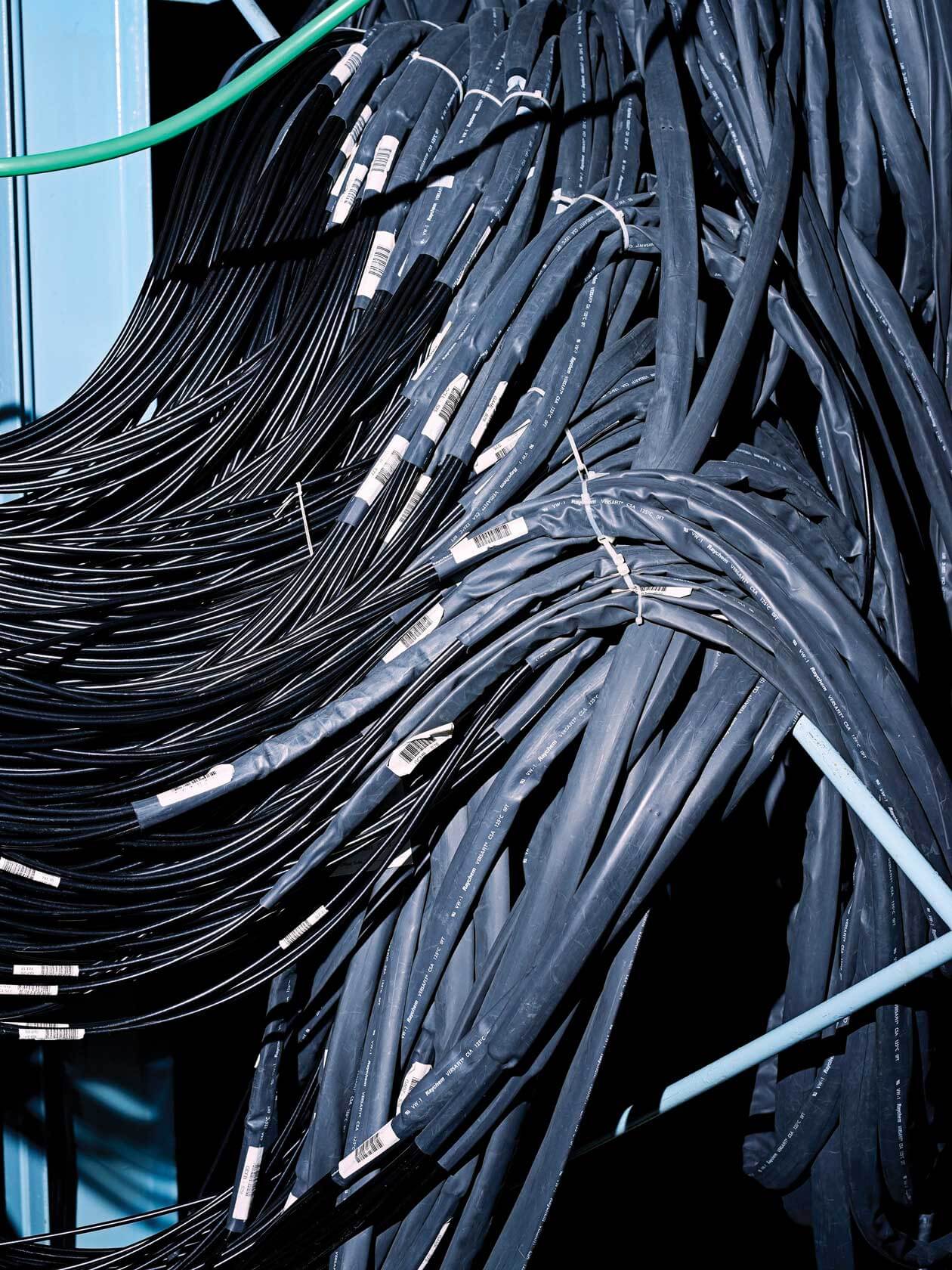
2:30 P.M. McDonald and the rest of the team were up until 1:30 a.m., figuring out the path forward after the setback. They called in a night shift crew because starting tomorrow, Friday, the mine closes down for maintenance, meaning the lab will have no access to its disabled detector for six days. They need to leave it in a safe and stable state.
I ask McDonald about the state of the field. Given the results, or lack thereof, at LHC, physics seems to be at a standstill. The Theory of Everything is going nowhere fast. But McDonald is a full-measure enthusiast. “The fact that they are not seeing the new particles is no reason at all to not continue to look,” he says.
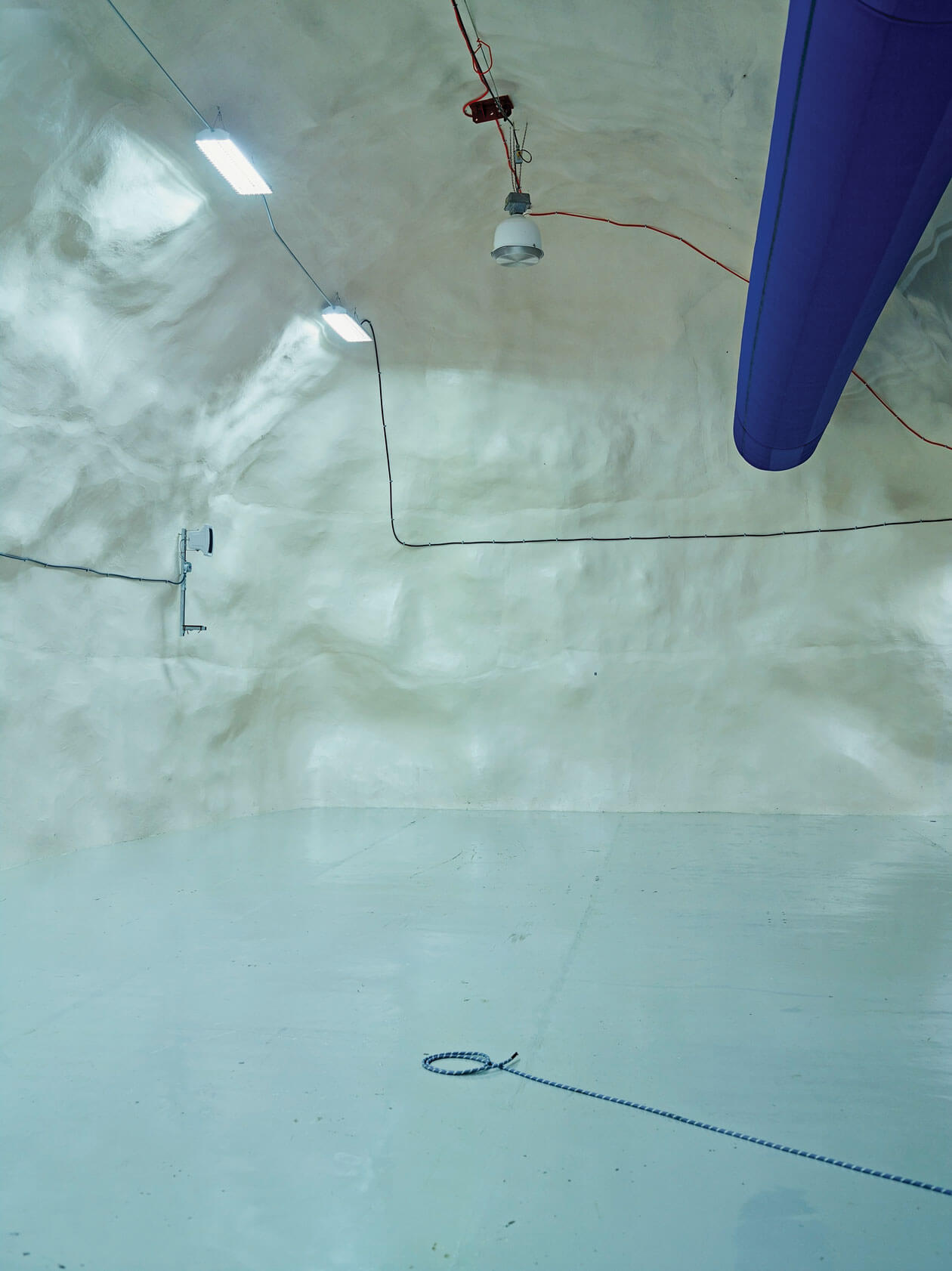
The LHC is continuing to look by attempting to re-create these constituent particles for the first time since the Big Bang. The SNOLAB takes a different route. The dark matter detector attempts to observe the original dark matter particles of the 13.8-billion year vintage.
The two approaches could very well work in concert. If SNOLAB succeeds in finding what looks like the real article—the real particle—that would help LHC to hone in and target its search among the debris of all its collisions. Or, it could work the other way. The LHC might eventually succeed in reproducing a dark matter particle, and then the SNOLAB detector would get busy corroborating those findings in nature.
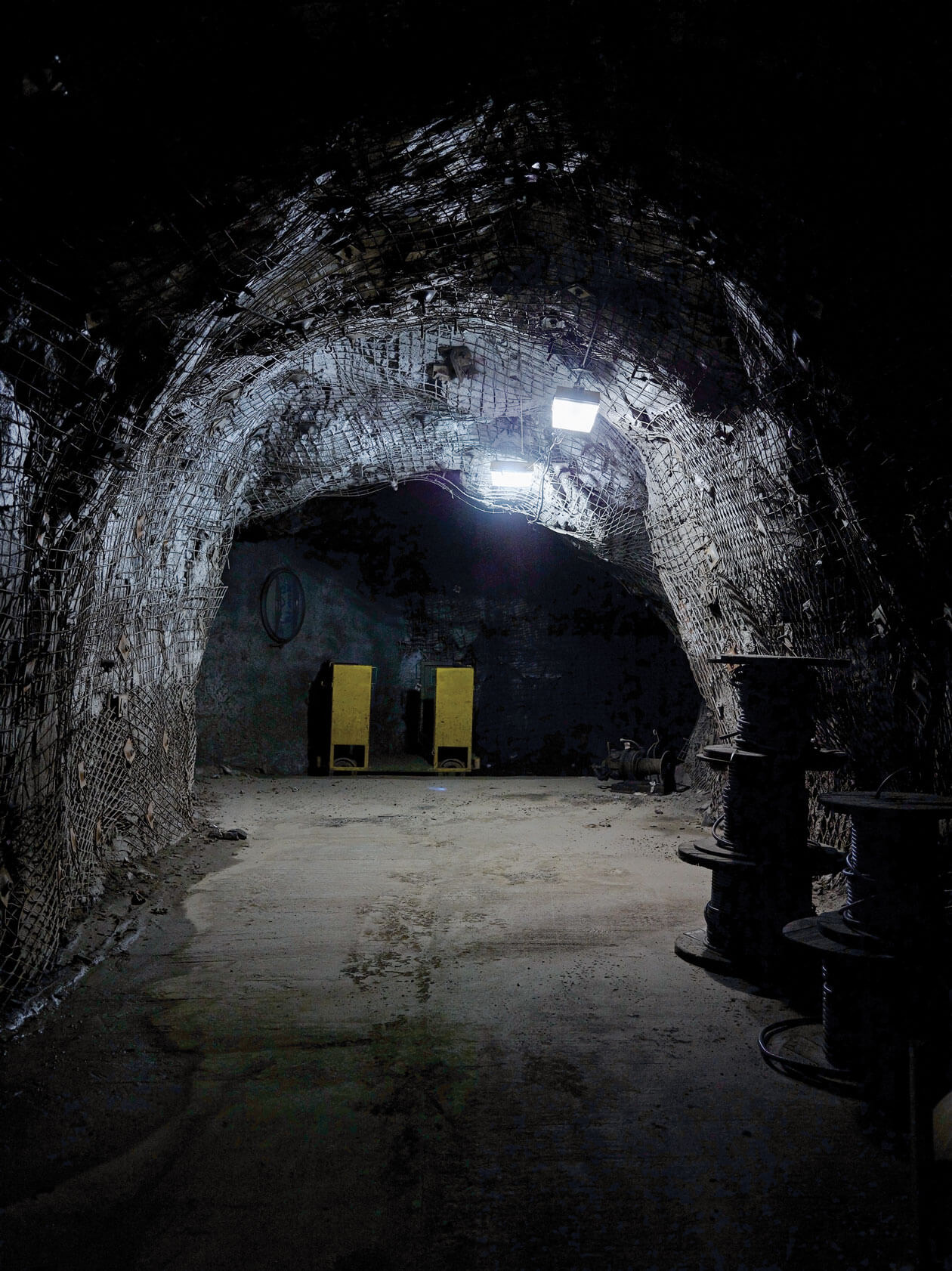
FRIDAY, August 19
4:00 P.M. Report in to Freeman Dyson.
He laughs at the SNOflake joke and doesn’t seem surprised by the setback. “That’s what science is all about,” he says. Yet he is disappointed to hear that the detector holds only 3,600 kilograms of argon—at that, it’s a telescope with a relatively small range of view. I reassure him that the current detector is a proof of concept, and the next model will be bigger. Plans are in the works for a detector with more than 50,000 kilograms of argon. And, ultimately, this approach could expand its range by a factor of 100, which is the limit for searching out dark matter—before those pesky neutrinos get in the way.
